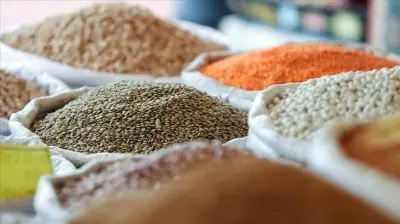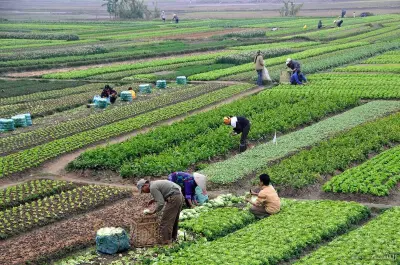- Anbar Asia
- Trade with United States
- United States's Crops market
- Cereals and legumes trade in United States



Directory of Cereals and legumes suppliers in United States
 Mohamed T9 months ago
Mohamed T9 months ago Peppercorn , black pepper, tmt rebar, cement, cloves.Paint, Nuts, Spices
Peppercorn , black pepper, tmt rebar, cement, cloves.Paint, Nuts, Spices


